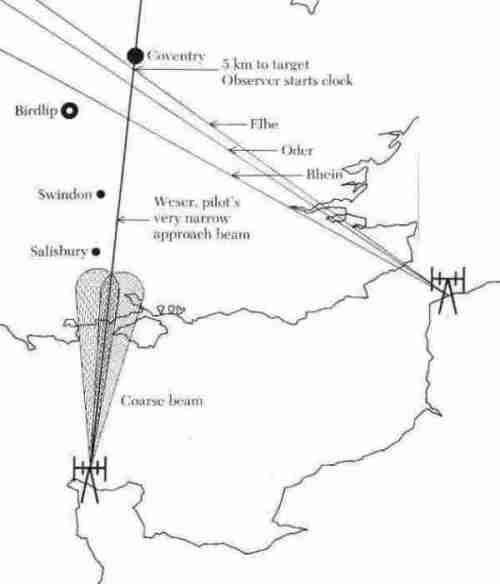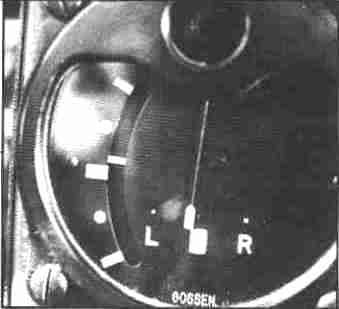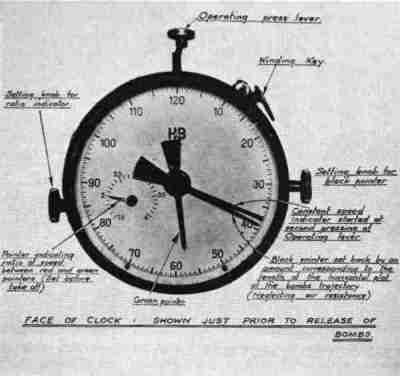

| Click on one of the thumbnails below to view the full picture. | |
 |
An X-Gerät kicking meter. It shows the aircraft slightly left of the beam. |
 |
An X-Gerät clock from a captured He 111 of KGr 100. |
Back to Ju 86 Page
Back to He 111 Page
Back to Ju 88 Page
Back to He 177 Page
Back to Me 264 Page
Back to German Tactics Page